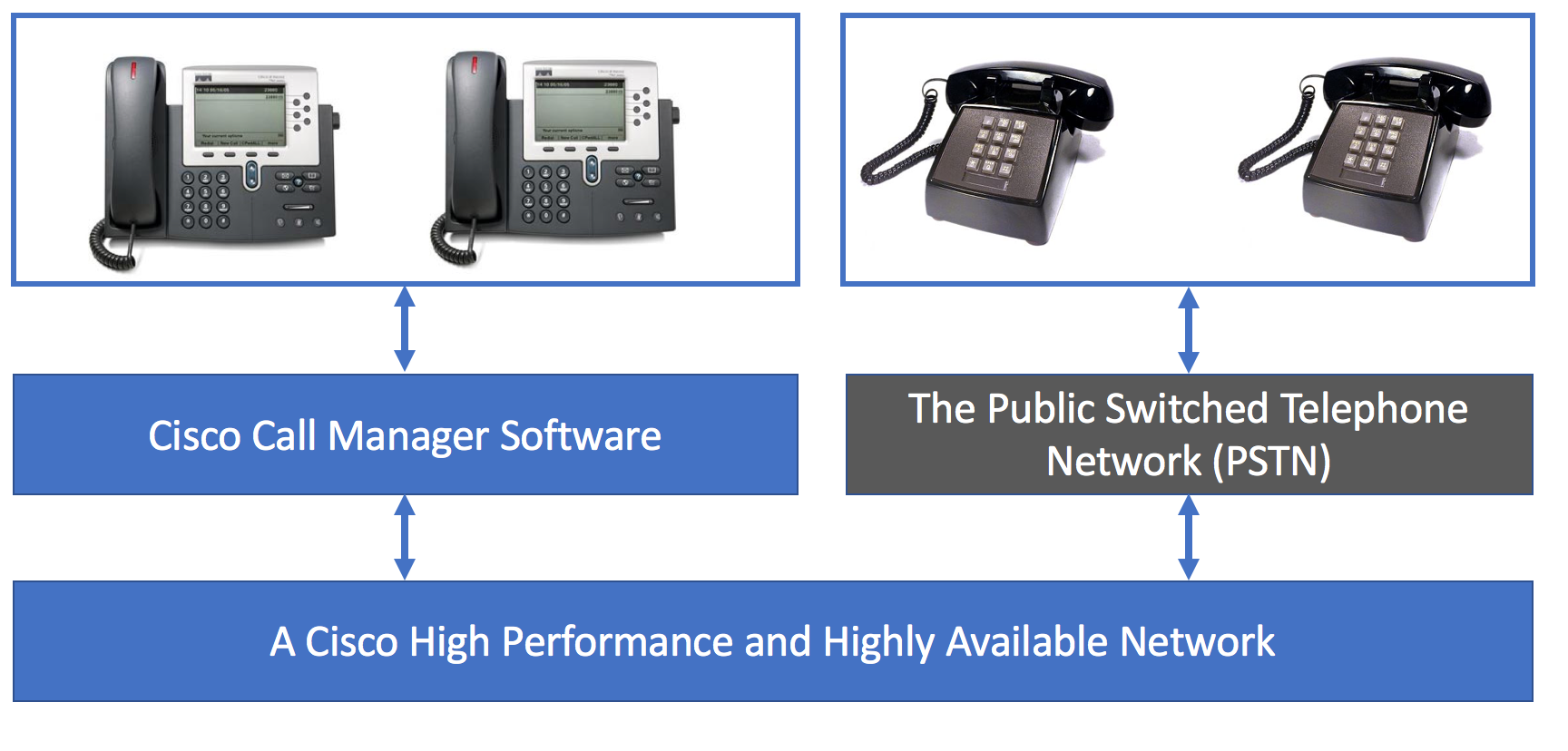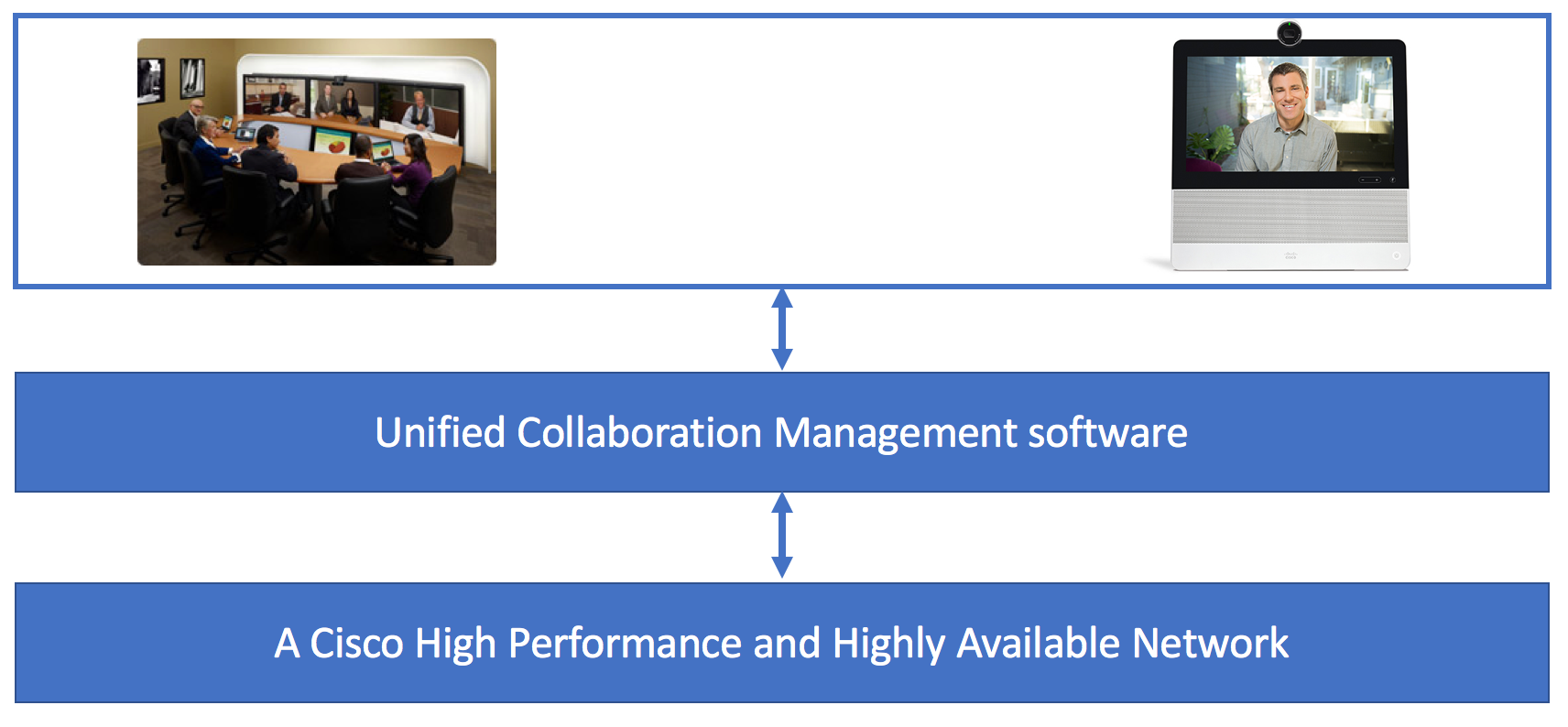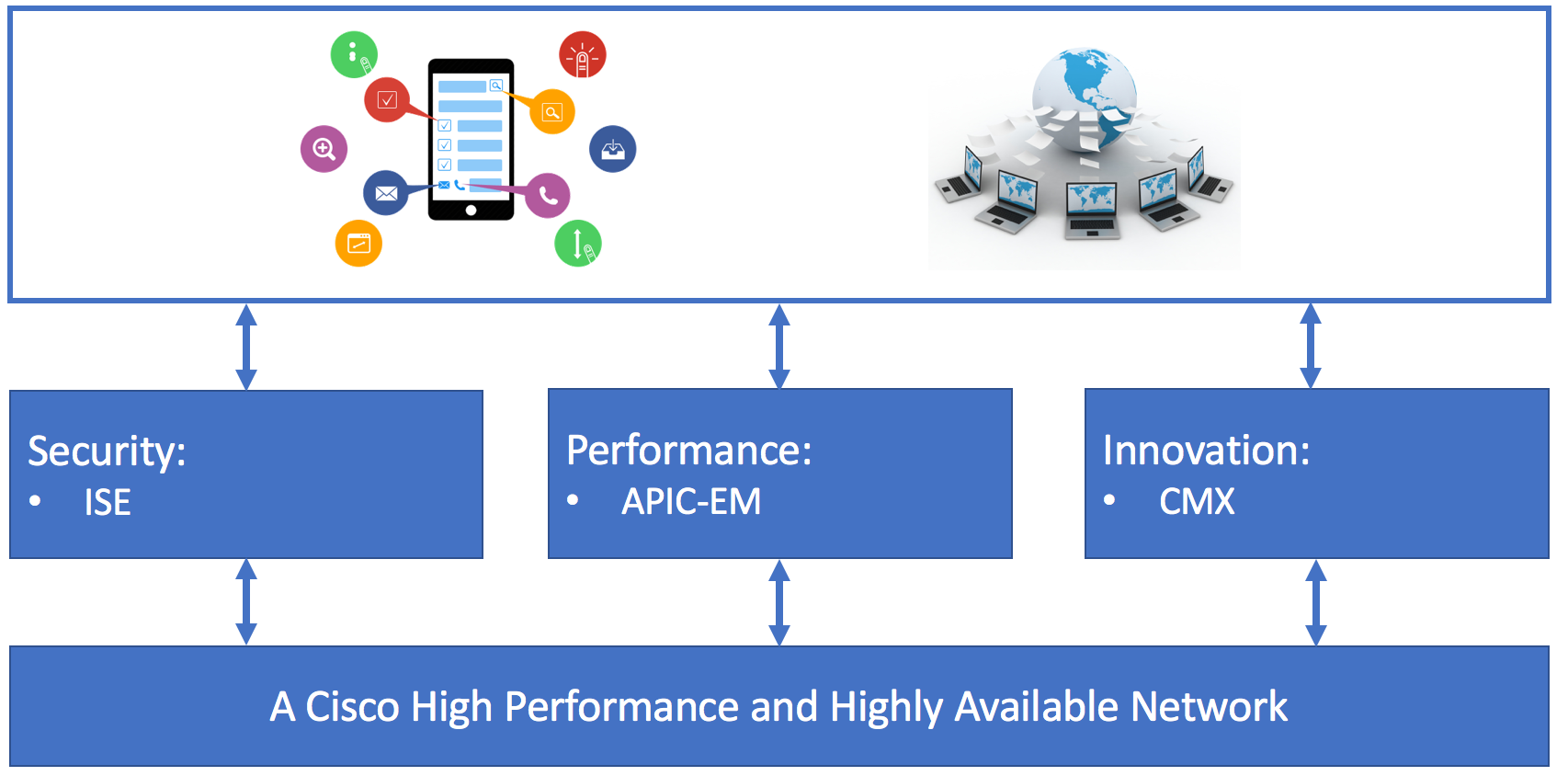The role of the network has been top of mind lately as another defining moment in networking history is on the horizon. In a nutshell, network engineering must change—again. It changed when voice was added to the network. It changed again when video went main stream. Now, we must respond to another change—serving the application. This means the network engineer not only needs to meet and work with application programmers, but must learn some new technologies and bring those to application developers.
In the 80s and the early 90s, the networks moved data and the data wasn’t all that complex. There were telnet sessions and file sharing servers and things like that. If a packet got dropped, or the latency of the packet was 100ms, nobody would even notice. With modems as our standard for WAN, network LAN connections seemed blazing fast.
Then, in the late 90s, voice over Internet protocol (VOIP) hit the world. This was the first major network evolution while I worked at Cisco. I remember as we were building Cisco AS5X00 series access servers, delay, jitter and loss became top of mind. The ability to build and maintain highly available, high performance networks was key for Cisco. High Availability became a corporate initiative. By the year 1999, Cisco networks were voice enabled. In the figure below, you can see a very simple architecture diagram that depicts a voice enabled network with voice endpoints. The key to observe is that we now have a new endpoint on the network – phones.
As we moved through the 2000s, there was yet another evolution–video. And the network had to be built and designed to handle another entirely new set of end points. Now, not only did the devices connected to our network have to do voice, they also had to do video. This put additional requirements on the network and required that infrastructure engineers learn how to configure more services. In the figure below, you see virtually the same architecture diagram, but the top row endpoints have changed to video endpoints.
In 2007, the world changed again. The iPhone shipped that year. It didn’t take very long before the world went mobile. But, more than that, the technology world is now application driven. Whether an application is mobile or cloud based, it needs to be secure, high performing, and innovative. This is what is driving the new requirements for the next evolution of network services. Now, like when we went from data, to voice, to video, we have a new set of end points that come with a new set of requirements for the network. In the figure below, you can see two things. First, the endpoints are not phones or video devices, they are now applications. Second, applications need a variety of new and different things from the network.
As an example, one of my favorite services is Cisco Connected Mobile Experience, or CMX. CMX makes it possible to give free Wi-Fi to your customers while capturing their information and knowing when they are in your facility. Companies, like Subway, are using our CMX capabilities, and Turnstyle software, right now in order to facilitate a loyalty program, which increased the number of times their customers visited from .9 visits per month to 1.2 visits per month in one quarter in 54 stores when it was first rolled out.
You may have noticed I threw Identity Services Engine (ISE) and Application Policy Infrastructure Controller – Enterprise Module(APIC-EM) into the diagram. ISE provides the ability to work with mobility device managers (MDM) and ensure the identity of your users. APIC-EM makes it possible for an application to get the network bandwidth it needs to perform properly
If you are an infrastructure engineer, this is where the opportunity lives. Your company’s application programmers are counting on you to enable them. Their applications will be more secure, more innovative and faster if you help them. You enable the network and show them these capabilities, they write interesting applications that utilize the underlying platform. Together, you digitally transform your company.
From the programmer point of view, they access these network services via easy-to-use Application Program Interfaces (API) such as REST (Representational State Transfer, think, “Web Interface”) with JSON (JavaScript Object Notation) data. When your programmers find out they can get interesting things into the apps with REST, they’re going to be happy.
The key here is that this new application economy needs its infrastructure engineers to meet its application engineers in the middle – at the API area, where the infrastructure provides the APIs to make the applications better.
If you want to learn about these capabilities, check out Cisco DevNet. DevNet is Cisco’s one-stop-shop for learning about these APIs. Cisco DevNet has learning paths specifically designed for both infrastructure engineers and application developers. If you have questions, we have several forums where you can ask them and get answers. If you thought, “I’m already doing this” as your read this blog, we would like to talk to you about writing a paper or speaking to our DevNet Create conference in May, in San Francisco.
If you would like to discuss this with me, feel free to direct message me on Twitter: @coggerin





Spot on Chris with your comments about “where the opportunity lives”as a network infrastructure engineer.
Exciting times at the intersection of networks and applications, and I believe we are going to see people deriving even more value from their networks than they have before.
As the network becomes more and more software defined, DevNet is definitely the place to learn more about the Cisco APIs and all the personalizing many developers are already working on! Perfect historical overview Chris!!
You are so right Chris, I was at Live Melbourne last week at the Devnet stand. So much of networking is now being driven by software apps.
you’ve a great blog here! would you like to make some invite posts on my blog?
http://yolazz.exteen.com/20160705/video-surveillance-for-home-a-sophisticated-question-with-a-
Zenaida,
I am not sure I understand what you are asking, Do you want me to comment on your blog?
Chris
Totally agree Chris. As the engineers who support the networks understand the application requirements more widely, they can provide the network resources needed by the applications in a much more agile way